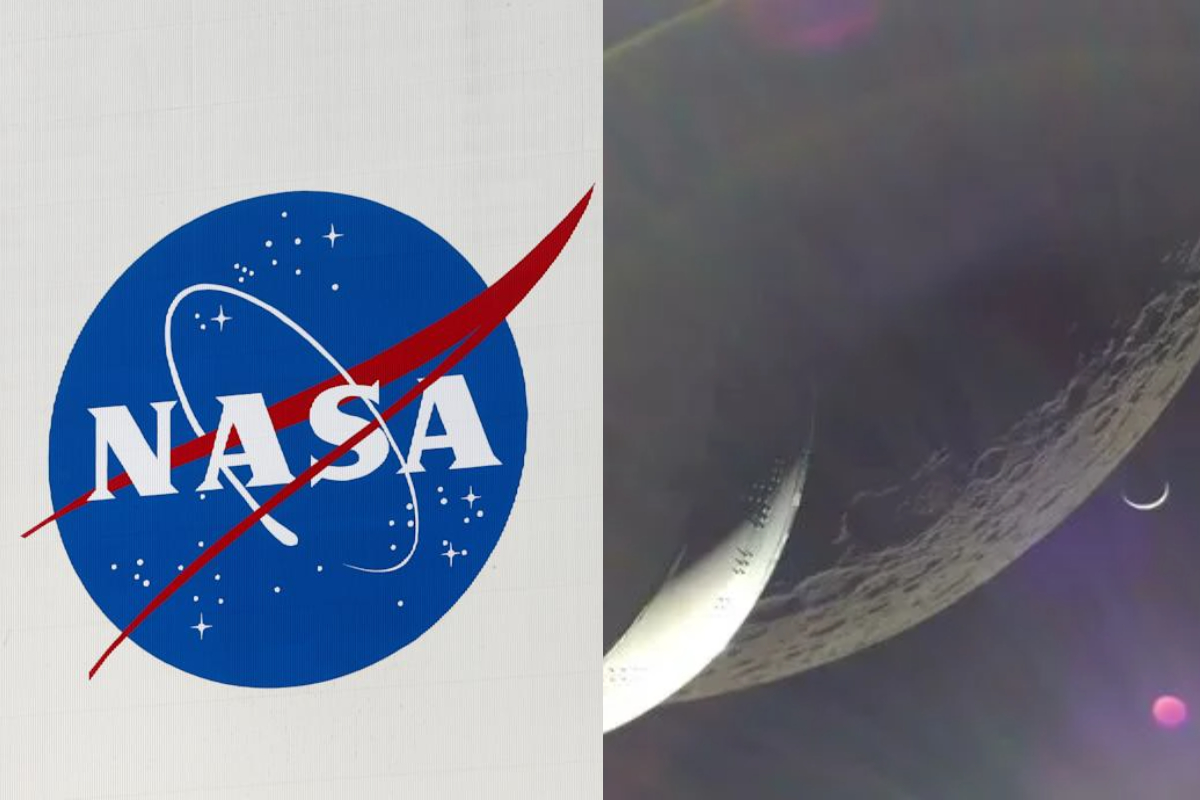- Orion spacecraft came within 80 miles (130 km) of the lunar surface on Monday.
- It was the closest approach to the moon since Apollo 17 50 years ago.
- Orion’s mission is intended to test the heat shield’s resilience.
The unmanned Orion capsule of NASA’s Artemis I mission made the closest approach to the moon since Apollo 17 flew fifty years ago on Monday, coming within 80 miles (130 km) of the lunar surface.
A week after Orion reached its farthest point in space, about 270,000 miles from Earth midway through its 25-day mission, the capsule made a flyby of the moon during the return leg of its first voyage, according to the US space agency.
On Monday, Orion sailed close to 79 miles above the lunar surface when it fired its thrusters in a manoeuvre known as a “powered flyby burn” to adjust the spacecraft’s velocity and put it on a trajectory for its return to Earth.
.@NASA_Orion is only 687 miles above the Moon. #Artemis pic.twitter.com/a8nIvNX26U
— NASA Artemis (@NASAArtemis) December 5, 2022
According to NASA, Orion’s 3-1/2-minute burn would be its final significant space manoeuvre before its scheduled Dec. 11 splashdown into the ocean under a parachute.
The Apollo 17 mission, which brought Gene Cernan and Harrison Schmitt to the lunar surface 50 years ago this month, was the last time a spacecraft built for human flight got as close to the moon as Orion. They were the final of 12 NASA astronauts to set foot on the moon, which they did on six different Apollo missions between 1969 and 1972.
We’ve completed our return powered flyby burn and are heading home! pic.twitter.com/awelzovlRP
— Orion Spacecraft (@NASA_Orion) December 5, 2022
On the thirteenth day of its mission, Orion—which only had a simulated crew of three mannequins aboard—flew farther than any other “crew-class” spacecraft. It travelled approximately 20,000 miles farther than the crew of Apollo 13 in 1970, which aborted its lunar landing and returned to Earth due to a nearly catastrophic mechanical breakdown. Its final distance from Earth was 268,563 miles.
Orion’s much-delayed and much awaited launch last month marked the beginning of Apollo’s replacement program Artemis, which aims to send astronauts back to the moon this decade and build a viable base there as a stepping stone to further human exploration of Mars.
If the mission is successful, a crewed Artemis II voyage around the moon and back might happen as early as 2024, and the program’s first astronaut lunar landing with Artemis III will happen within a few years. It will probably take at least another 15 years to send astronauts to Mars.
According to Debbie Korth, deputy manager for NASA’s Orion program, “We couldn’t be more pleased about how the spacecraft has been performing really beyond all our expectations.”
On NASA’s imposing, cutting-edge Orbit Launch System (SLS) rocket, which lifted off on Nov. 16 from NASA’s Kennedy Space Center in Cape Canaveral, Florida, Orion was transported to space.
The mission marked the debut of the combined SLS rocket and Orion spacecraft, which were made under contract with NASA by Boeing and Lockheed Martin Corp respectively.
Orion’s first voyage is primarily intended to test the heat shield’s resilience as it reaches Earth’s atmosphere at a speed of 24,500 miles per hour—much faster than spacecraft returning from the International Space Station.
[embedpost slug=”nasa-hubble-telescope-captures-open-star-cluster/”]





















